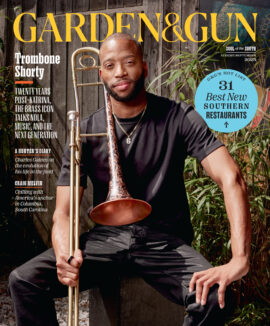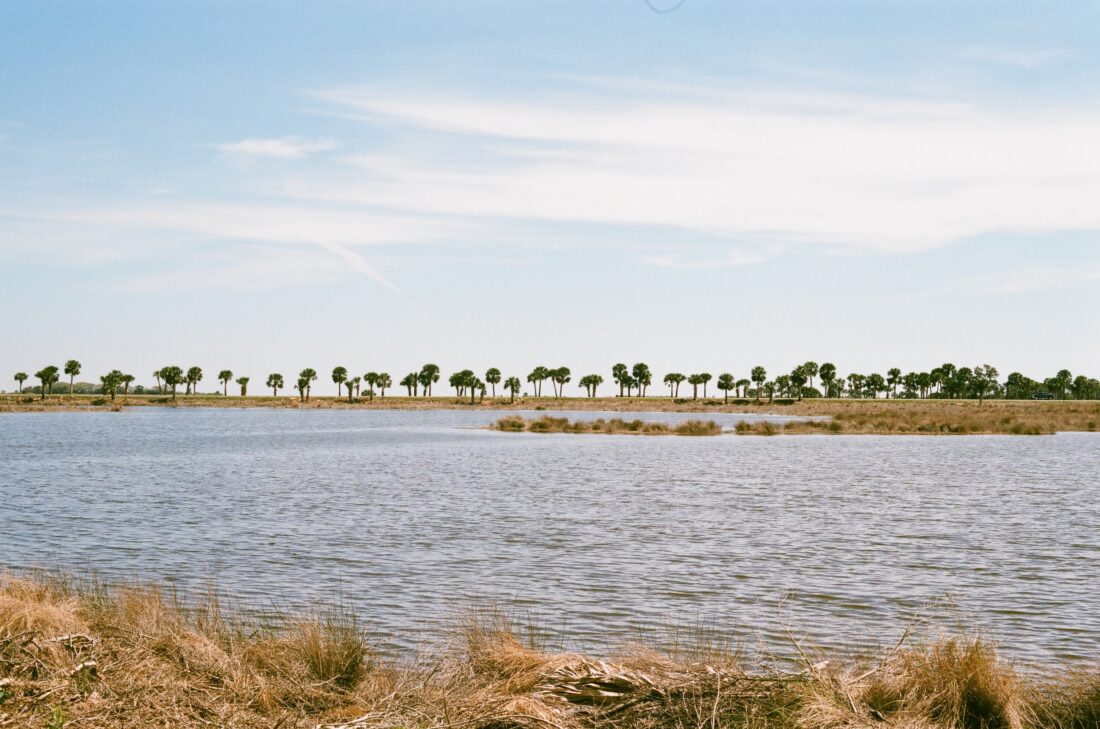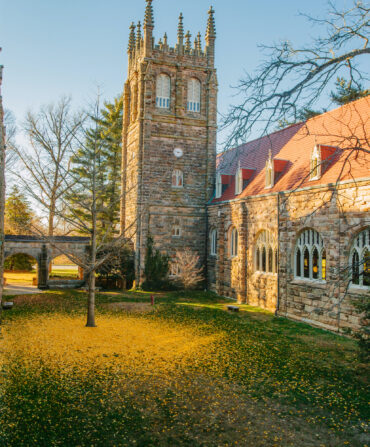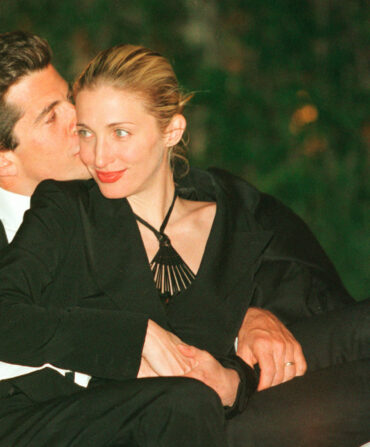A while ago, writing a scene that would make its way into his new novel, Absolution, Jeff VanderMeer found himself searching for the sort of vivid technical detail only an expert can provide. So the author put out a call to his followers on Twitter, where he maintains a cheerful presence. “I was like, ‘Hey, I need to know the most disgusting fish you’ve ever touched if you’re a fish scientist,’” VanderMeer recalls. Specialists crowded his mentions; VanderMeer was delighted. “It became this really playful, imaginative thread, where they were all debating, ‘Is this the grossest fish I’ve ever touched, or is that . . . ?’” One respondent nominated the abyssal snailfish, saying it was like “touching a firm Jell-O salad.”

Unsettling piscine descriptions do not overwhelm Absolution—though, like a lot of VanderMeer’s work, it dwells in the uncanny spaces where humans encounter nonhuman nature. It’s the latest volume in VanderMeer’s beloved Southern Reach series, which is inspired in large part by the author’s wanderings through the wilderness of North Florida. A longtime resident of Tallahassee, VanderMeer writes fiction that’s as fun to read as it is difficult to categorize: strange, fantastical, ecologically attuned prose that often reflects the ways people have disrupted the natural world or altered the earth’s climate.
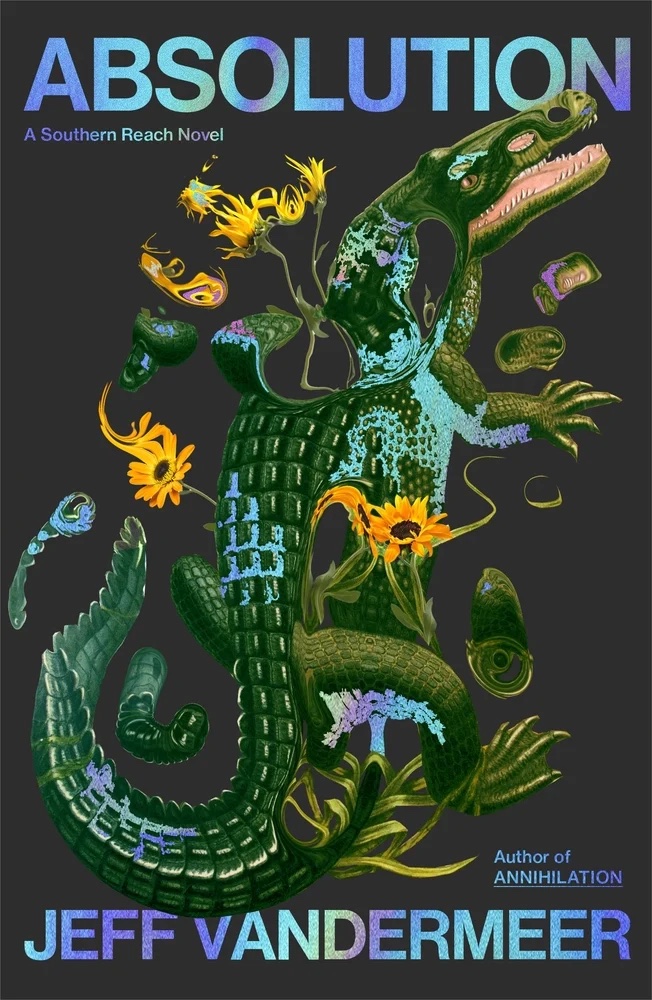
In other words, phenomena easily perceived if you live in Florida. When I chatted with VanderMeer recently by phone, he’d just returned home from South Carolina, where he’d gone to wait out Hurricane Helene; as we spoke, areas of the peninsula south of him were being battered by Hurricane Milton, which had strengthened over the Gulf of Mexico with unprecedented speed, supercharged by global warming.
The Southern Reach books concern a stretch of coast—unidentified, though it resembles the Florida Panhandle—that’s undergone its own cataclysm, one more mysterious than a hurricane. Decades before the beginning of Annihilation, the first volume, some unknown force expelled all human life from within the zone, known as Area X, and surrounded it with an invisible border. A series of (doomed) expeditions has investigated. What they’ve encountered is not a dead, postapocalyptic landscape but one that is shockingly, surreally alive; it’s just not alive in a way that’s intelligible to human observers. Does Area X represent a threat to humanity? A natural reaction to it? Or a form of redemption for a world increasingly, in the words of one character, “dirty, tired, imperfect, winding down, at war with itself”? We never find out.
Published in 2014, the first three Southern Reach books found both a devoted readership and critical acclaim—the New Yorker described VanderMeer as the “weird Thoreau,” and Annihilation became a 2018 Alex Garland film starring Natalie Portman. When Absolution was announced earlier this year, it was a surprise. (In the interim VanderMeer authored several celebrated, equally weird novels.) Fans hoping for some definitive revelation may be disappointed. But Absolution, which digs back into early investigations into Area X, is wonderful—tonally daring, wildly imaginative, a beguiling extension of an already brilliant series.
For its author, the book also marks a return to the place that inspired the whole thing: St. Marks National Wildlife Refuge, a spectacularly beautiful 86,000-acre expanse at the apex of Florida’s Big Bend that shelters migrating birds and rare and endangered species among tidal marsh and longleaf pine forest. VanderMeer started exploring the refuge after moving to Tallahassee in 1992. One long hike in particular, the Deep Creek path, gave him a model for the trail that the four expedition members walk in Annihilation; they make their way to a lighthouse—and a locus of Area X’s mystery—based on an actual nineteenth-century lighthouse facing the Gulf of Mexico.
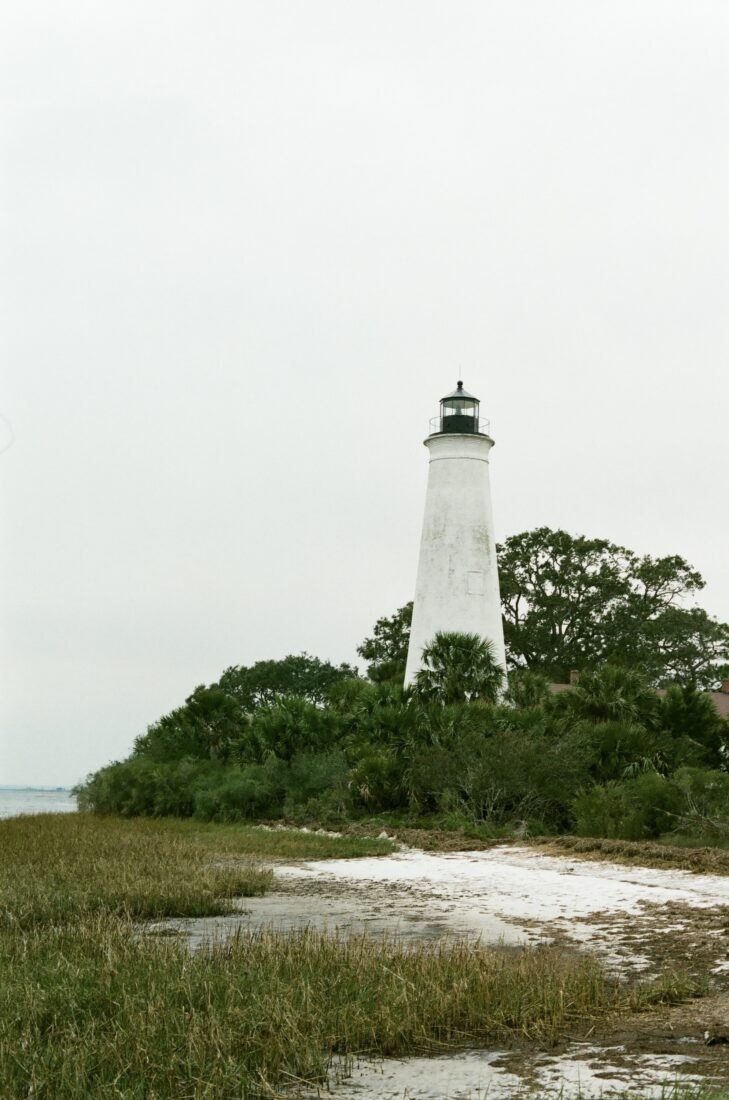
The refuge “has this primordial, prehistoric aspect to it,” VanderMeer says. “It really feels like you’ve stepped back in time.” Like the rest of Florida’s Forgotten Coast, it’s an area where humans are sparse—particularly compared to what VanderMeer describes as the “ridiculous fecundity of wildlife” within the refuge. Like on a stretch of trail called Bobcat Corridor, where the animals have gotten used to the occasional hiker. Rather than run away, VanderMeer says, a bobcat will just mosey behind a tree and wait for him to pass: “You’ll walk forward past it—you won’t look at each other because that’s going to somehow break the spell of living peaceably together—and when you look back after you pass that tree, it’s back on the trail like ten feet behind you, walking along.”
VanderMeer’s prose relies on close attention to the places he’s describing; it’s important that the scientific information also has a basis in fact, he says. His research often involves engaging experts to make sure the minutiae are correct in what are otherwise quite fantastical scenes. In the (highly entertaining) acknowledgements in Absolution, he credits an aquatic ecologist named Solomon David, whom he DM’d on Twitter to ask “how a gar would feel held in the hands like a shotgun.” (The answer, as rendered in the book: “like a flaring slime-covered pinecone.”) “If I’m giving these details that are personal because I’ve done the hike, for example, I think it feels a little fake when the other details aren’t quite at the same level of granularity,” he says. “And it’s more fun this way too.” You, the reader, may not know what it feels like to hold a gar-shotgun in your hand. But if ever you get the opportunity, you can’t say you haven’t been briefed.
For all its fecundity, wild Florida is more vulnerable than ever—and not just to climate change and human development. VanderMeer says the 2010 Deepwater Horizon disaster was also an inspiration; as oil gushed into the Gulf, he began reading reports suggesting the broken well might not be capped for decades. “For months, in the back of all of our heads was this swirl of oil—like you’d wake up and you’d be thinking about that oil spilling out,” he says. “Among the subconscious influences on this idea of Area X, and this invisible border coming down, and this area of the coast removing all traces of human pollution, I think it was my subconscious mind reacting to that oil spill and in a figurative way kind of wanting to protect it, in some sense.”

To “give back to the place that gave me this book,” VanderMeer has donated royalty payments to support the refuge, and online shoppers buying books through Tallahassee’s Midtown Reader can make a donation toward efforts to save the frosted flatwoods salamander, a threatened species in St. Marks. (Separately, VanderMeer is the founder of a conservationist nonprofit, the Sunshine State Biodiversity Group.) The refuge’s supporters have embraced its role as Area X, too, with the Friends of St. Marks organization selling colorful T-shirts and tote bags.
The long-term relationship has given VanderMeer not just inspiration but a sense of stability, a mooring in an otherwise unpredictable—often terrifying—place and time. “I’ve hiked out there for decades now,” VanderMeer says. “The hurricanes will sometimes destroy part of a berm or something, but in general the place looks exactly the same as it did when I started hiking it. I feel like that’s kind of unusual, right? The idea of an anchoring permanence when we’re used to things changing so rapidly in this state—because of the development, because of the weather, whatever else. So it’s kind of reassuring.”
Other inspirations for Area X
In addition to St. Marks, scenes in the Southern Reach books have been inspired by other wild places that VanderMeer has explored in the Big Bend area. “A lot of settings are transformed in the first three books, but in the new one, Absolution, I have a lot more direct settings,” he says. Among them: Wakulla Beach, which contains the ruins of an old lodge; Bald Point State Park, which has “one of the most amazing beaches you’ll ever see, but it’s deserted all the time because it’s so hard to get to”; and Mashes Sands Beach. Like the refuge, all are accessible via U.S. Route 98, the coastal highway in North Florida, but each involves getting off the main road and driving a bit.
“Those places are stunning,” VanderMeer says. “And you can make a road trip of just taking the main road and going off on these side roads, most of them dirt roads, and visiting these places, winding up maybe at the aquarium in Panacea, which has a seafood restaurant next to it. You can have a nice day trip out there in really remote, beautiful places and get some great seafood at the same time.” He pauses and laughs. “I’m not trying to do an advertisement for the area—it’s just the last thing I did out there. I’m not getting any sponsorship fees or anything.”
Garden & Gun has an affiliate partnership with bookshop.org and may receive a portion of sales when a reader clicks to buy a book.

